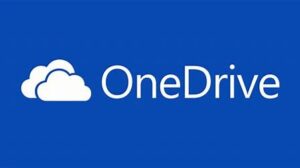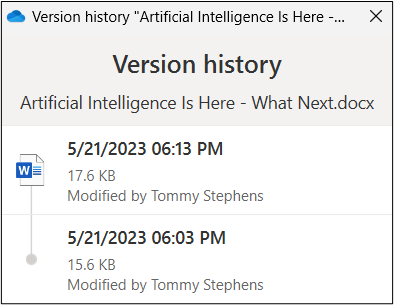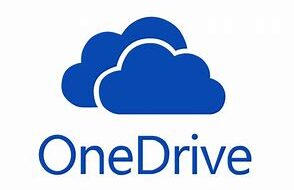Microsoft launched Windows Live Folders in 2007. Two name changes later, we now know the service as OneDrive. Based on recent touch-ups and enhancements, it’s entirely possible – if not probable – that most subscribers do not use OneDrive as well as they could or should. In this article, we will revisit OneDrive to learn how you can take advantage of all your subscription offers.

An Overview Of OneDrive
OneDrive is a cloud-based data storage and collaboration tool that competes with Box, DropBox, iCloud Drive, ShareFile, and many other devices in a crowded market. Microsoft has two principal offerings of OneDrive – OneDrive and OneDrive for Business. You can obtain 5 GB of storage with a free OneDrive subscription. If you need more storage, you can purchase 100 GB for $1.99 monthly; this offering was recently rebranded to Microsoft 365 Basic.
For those anticipating using OneDrive in a business setting, a OneDrive for Business subscription is likely the best option. For instance, you can subscribe to OneDrive for Business independently of other Microsoft offerings starting at $5 per month for 1TB of cloud storage. Of course, if necessary, you can purchase additional storage and acquire OneDrive as part of a Microsoft 365 subscription.
Saving And Sharing Files With OneDrive
As indicated previously, OneDrive provides cloud-based storage options to subscribers. In that context, you can think of OneDrive as a hard disk. However, because of the cloud-based architecture, if you store your data in OneDrive’s cloud only, you will not be able to access it if you don’t have an Internet connection. Because of this potential limitation, you can store your data in OneDrive’s cloud but synchronize it to your local drive so you can access your data, regardless of whether you have an active Internet connection. This feature can be critical if you are a “road warrior” and cannot always depend on having a reliable internet connection.
OneDrive offers other features that most subscribers do not understand or use. For example, you can use OneDrive as a collaboration platform. As a Microsoft article describes, you can share Excel, Word, and PowerPoint documents that you’ve stored in OneDrive directly from those apps by clicking Share on the Ribbon. Alternatively, you can access your OneDrive account by clicking the white (OneDrive) or blue (OneDrive for Business) icon in your taskbar. Then, click the three vertical dots next to a file’s or folder’s name and choose Share. Of course, regardless of your sharing method, you can just as quickly unshare documents or folders.
Other, Lesser-Known OneDrive Features
Beyond the storage and collaboration features outlined above, OneDrive offers tremendous utility in other areas. For example, the platform maintains version history for any document stored in OneDrive. For documents stored in OneDrive, you only need to right-click on the document, click OneDrive, and choose Version History. Upon doing so, you will see a window similar to the one pictured in Figure 1.

Figure 1 – Example Of Version History In OneDrive
Recovering OneDrive Data
Additionally, OneDrive for Business offers a Restore feature that allows you to restore your entire OneDrive or only a segment to a previous point. This can be useful when files have been accidentally deleted, corrupted, or infected by malware, such as ransomware. This feature allows you to roll back changes and recover lost data quickly. To access this feature, click Settings in OneDrive, Options, and Restore your OneDrive.
Near Universal Access
You can access your OneDrive data using a variety of options. For example, you can use virtually any web browser to sign in to your OneDrive account (personal or business). Once you sign in, you’ll have full access to all your data. Alternatively, you can click the white and blue OneDrive icons in your Windows Taskbar to access OneDrive. You can also download the OneDrive app onto your iOS and Android devices to gain access to your data.
Summary
Many new technologies – Artificial Intelligence, for example – receive the lion’s share of the public’s attention. However, sometimes, we should periodically revisit the “tried and true” tools to understand what features and options we should consider putting into practice. OneDrive is an excellent example of such a technology. Although OneDrive has been available for a long time, many have yet to discover some features that can elevate productivity. For many, that means that it’s time to re-visit OneDrive!
To learn more about OneDrive and other collaboration tools, consider participating in a K2 Enterprises training session.
